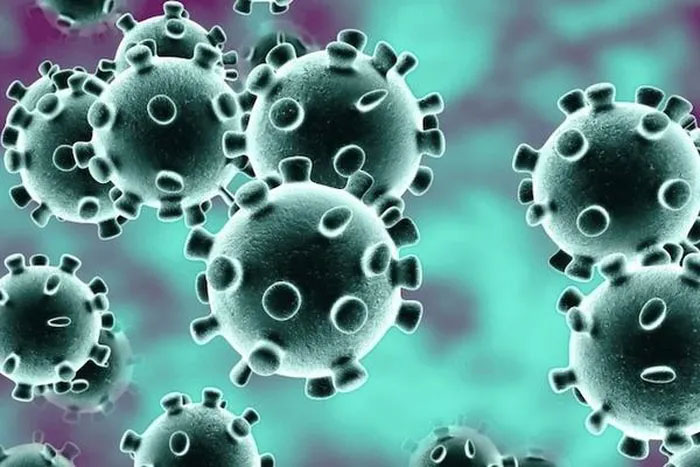The coronavirus loses 90% of its ability to infect us within 20 minutes of entering the air. Most of the virus’s ability is lost within the first 5 minutes.
According to The Guardian, this is the result of the world’s first simulations on how the coronavirus survives in the air. The new findings have re-emphasized the importance of maintaining distance and wearing masks. Ventilation is also valuable but may be less critical.

As you move further away, aerosol particles not only dilute but the virus also decreases.
Professor Jonathan Reid – Director of the Aerosol Research Center at the University of Bristol and the lead author of the study stated: “People have focused on poorly ventilated areas and assumed that transmission occurs over meters or across a room. I’m not saying it’s impossible, but the risk of exposure is highest when you are close to someone. As you move further away, aerosol particles not only dilute but the virus also decreases.”
Professor Reid mentioned that until now, assumptions about the duration the virus survives in small droplets in the air have been based on studies involving spraying the virus into sealed containers known as Goldberg drums. Using this method, researchers found they could still detect infectious virus after three hours. However, these experiments do not accurately show what happens when we cough or breathe.
Researchers at the University of Bristol developed a device that allows them to create small particles containing the virus and have them travel between two electrodes for a duration of 5 seconds to 20 minutes, while tightly controlling the temperature, humidity, and ultraviolet light intensity of the surrounding environment. According to Professor Reid, this is the first time it has been possible to simulate what happens to aerosol particles during human respiration.
Dr. Julian Tang, a clinical virologist at the University of Leicester commented that this discovery has encouraged epidemiologists. He added: “Face masks are very effective… as is social distancing. Improving ventilation is also beneficial.”


















































